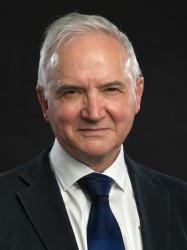BibTex format
@article{Lin:2021:10.1038/s41467-021-25265-4,
author = {Lin, G-L and Drysdale, SB and Snape, MD and O'Connor, D and Brown, A and Maclntyre-Cockett, G and Mellado-Gomez, E and de, Cesare M and Bonsall, D and Ansari, MA and Oner, D and Aerssens, J and Butler, C and Bont, L and Openshaw, P and Martinon-Torres, F and Nair, H and Bowden, R and Golubchik, T and Pollard, AJ},
doi = {10.1038/s41467-021-25265-4},
journal = {Nature Communications},
pages = {1--11},
title = {Distinct patterns of within-host virus populations between two subgroups of human respiratory syncytial virus},
url = {http://dx.doi.org/10.1038/s41467-021-25265-4},
volume = {12},
year = {2021}
}

